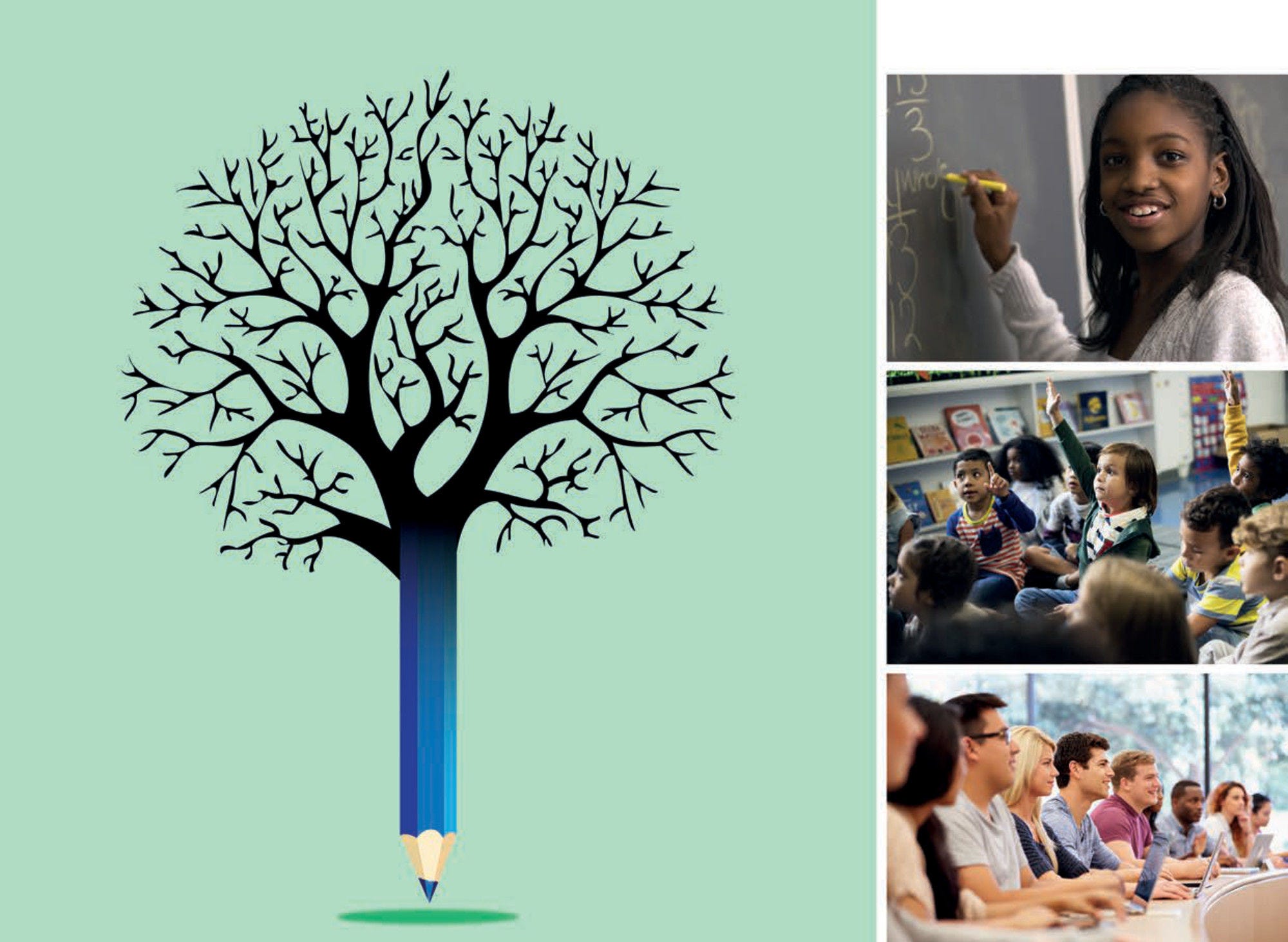It is so much easier to educate students for our past, than for their future. As parents, we feel anxious when our children learn things we do not understand, or when they no longer study things that were so important for us. Teachers are more comfortable to teach how they were taught, than how they were taught to teach. Furthermore, politicians can lose an election over education issues, but can rarely win one, because it takes so much more than an election cycle to translate good intentions into better results. But improving education is not simply a question of putting more money into it; big budgets do not always translate into quality education.
By analysing the policy efforts of 43 countries over the last decade, the 2019 edition of our Education Policy Outlook gives policy makers some sense of what is being done where and with what success. Indeed, knowledge is only as valuable as our capacity to act on it.
One of the key messages of this report is that policy needs to shift toward inspiring and enabling innovation, and to identifying and sharing best practice, and that shift in policy needs to build on trust: Trust in education, in educational institutions, in schools and teachers, and in students. At a time when command and control systems are weakening, building trust is the most promising way to advance and fuel modern education systems.
Also critical is equity. Perhaps the most impressive outcome of world-class education systems is that they deliver high-quality education across the entire system so that every student benefits from excellent learning. Achieving greater equity in education is not only a social-justice imperative, it is also a way to use resources more efficiently, and to increase the supply of knowledge and skills that fuel economic growth and promote social cohesion. Careful evaluation is needed at each stage of the funding process and systems need to build capacity for foresight to help education systems anticipate the future.
Another message of this report is around policy coherence. On the one hand, people are concerned about a growing gap between what societies expect from schools and actual learning outcomes. On the other hand, teachers complain about a too-rapid pace of education reform that leaves little time or space for thoughtful implementation. Behind the perceptions that reform is happening both too slowly and too fast is a lack of direction and alignment between policies and the components of reform. So there is a great need for consistency and continuity when an education system is trying to improve.
Last but not least, educational leaders need to look not just forward but also outwards. And that is not about copying and pasting solutions from other places; it is about looking seriously and dispassionately at good practice in our own countries and elsewhere to understand what works in which contexts. The ones that progress are those that are open to the world and ready to learn from and with the world’s education leaders.

Andreas Schleicher
Special Advisor on Education Policy to the Secretary-General
Director for Education and Skills
OECD
